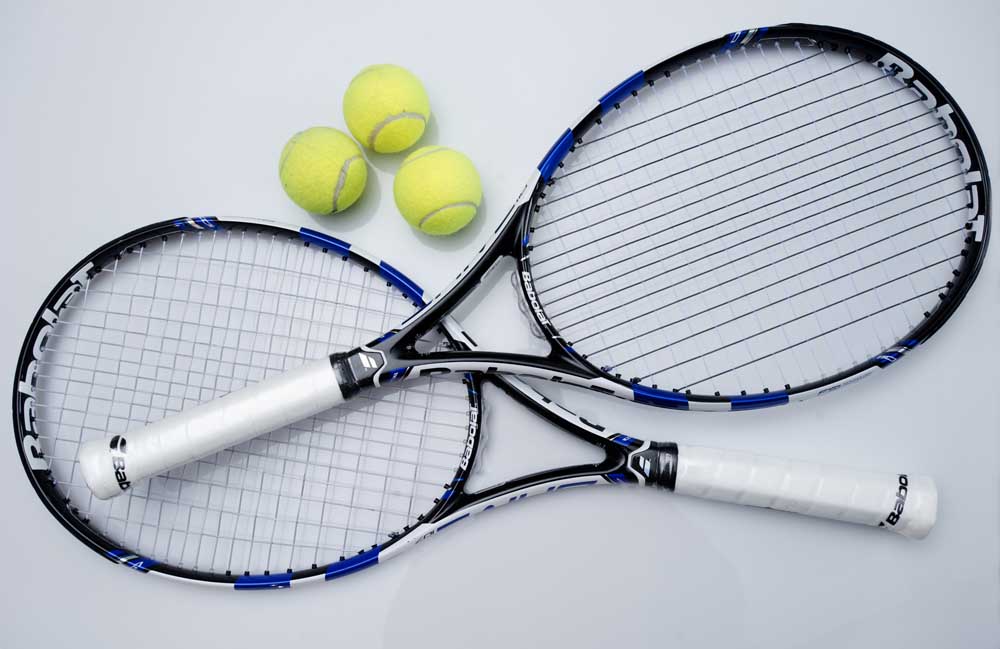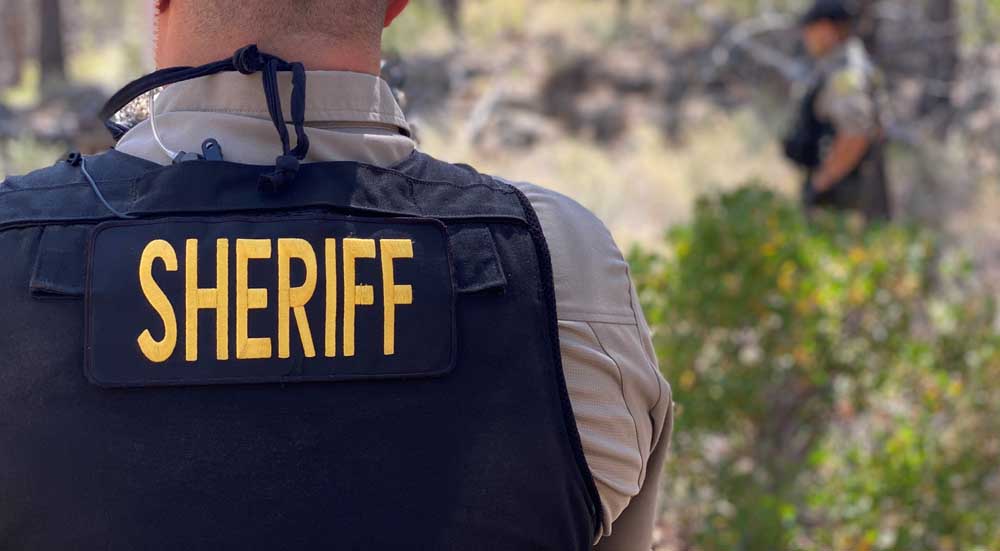Learn to play tennis
Published 12:00 am Monday, February 15, 2016

- Ryan Brennecke / The Bulletin file photoA pair of Babolat tennis racquets from The Racquet Shoppe in Bend.
There are plenty of reasons to make tennis your newest hobby: It’s a fun workout, an enjoyable activity for all ages and a great way to make friends.
But if you are expecting your first time out on the court to be a breeze, Jason Quigley, the tennis director of the Athletic Club of Bend, has some bad news.
“Tennis is not one of those sports you can enjoy the first time out, because it’s hard. It’s challenging. It’s not that much fun when you’re missing, missing, missing and chasing balls,” Quigley said. “But as you get better, it gets a lot more fun. It’s a great sport, but it’s one of those sports that requires you to put a little time in before you enjoy yourself.”
Despite the learning curve, plenty of Central Oregonians are putting in that time. If you want to join their ranks this spring, you have many different resources to help you find your way in the sport.
The Bend Park & Recreation District offers introductory tennis programs for both adults and children each summer. Kevin Collier, who coaches the Bend High School girls tennis team in addition to managing the park district’s tennis programs, said between 300 and 400 kids typically participate each summer, while the adult program draws as many as 75 players each year.
Many private clubs, including the Athletic Club of Bend and Bend Golf and Country Club, offer one-on-one lessons and group clinics for both members and nonmembers. Lisa Palcic, who co-owns the Racquet Shoppe in Bend and often fields questions from tennis novices, said she usually recommends that new players take advantage of both clinics and private lessons.
“A private lesson, what that’s going to do for you is work on you really specifically, teach you how to hit each type of stroke. It’s more of a personal thing,” Palcic said. “Clinics are more strategy-based, and the nice thing about clinics is that’s where you meet a lot of people. I’ll tell people, if you’re new to the sport or you just moved to the community and you don’t know a lot of people, clinics are a great way to meet people of your level and get involved.”
Collier said tennis instructors start by teaching proper form for the basic strokes, including the forehand, backhand, volley and serve.
“It’s important people take lessons to begin with so they don’t get hurt,” Collier said. “A lot of time people will get hurt if they don’t learn to hit the ball properly, and then they don’t enjoy it because their arm hurts or their shoulder hurts.”
If learning all of the different strokes sounds daunting (or boring), do not worry: Quigley said he tries to incorporate actual games into his students’ lessons early in the process.
“I try to get them some fundamentals, teach them how to keep the ball within the boundaries, and from there we try to get them playing as soon as possible,” Quigley said. “If you’re teaching a beginner kid, you’re not going to get as technical. You’re definitely going to want to get the kids started playing earlier than later, or that’s it for them.
“The adults who want to get into it, usually they’re putting the time into it, and they’re going to stick with it a little bit more.”
Gear up (this part is easy)
Before you head out to the courts, it is time to get geared up — but don’t worry, the list of necessary items is short.
First, a racket.
If you still have the 20-year-old model stuffed in the back of your closet, do not be surprised if it is not as springy and pliable as it was during your high school days, even if there are no visible cracks in the frame.
“Frames do go dead after a while, because graphite breaks down over time,” Palcic explained, noting that most rackets have a lifespan of two to 10 years, depending on the frame and the owner. “Even if it looks fine, you might go out to play with it, and it’ll just feel flat. There’s no real test (to see if it is flat); you’d have to restring it, hit with it, and if it still doesn’t feel good, it’s dead.”
If you find your old racket has lost its magic (or if you never had one to begin with), relatively inexpensive models are available at sporting goods stores starting at $20 to $30. If you are willing to spend a little more, specialty stores like the Racquet Shoppe can guide you through the process of choosing a racket based on your particular swing and past athletic experience. New high-end rackets will run between $130 and $200, while good-quality used models will set you back $80 to $120.
What to wear?
While you can buy tennis-specific outfits (and dress codes are still in place at some clubs), Palcic said it is much more important to invest in a pair of specially designed court shoes, which help prevent sprained ankles and worn-out running shoes.
“Court shoes are the only shoe that are built to protect your foot laterally, so (when you make) that side-to-side motion, the court shoe will hold your foot from rolling over,” Palcic explained. “The other thing is, rubber is different on a court shoe. The rubber on a court shoe is very durable because a tennis court surface is kind of like hard sandpaper. If I were to wear (a) running shoe, which is very soft and cushioned, the rubber would wear right through.”
And that’s the end of the equipment list!
You are now ready to go out and hit the ball around with a friend — just remember to bring a little patience to the court. •








